Terms of Economic Development
Posted by Lake Superior Community Partnership on August 28, 2017
 MARQUETTE — Often times, I use terms like “life-cycle” or “stages” of business and explain to you how we use each stage to categorize and define the clients we work with at the Lake Superior Community Partnership. I started thinking about all the jargon used in economic development and how it can be confusing to those outside of the industry.
MARQUETTE — Often times, I use terms like “life-cycle” or “stages” of business and explain to you how we use each stage to categorize and define the clients we work with at the Lake Superior Community Partnership. I started thinking about all the jargon used in economic development and how it can be confusing to those outside of the industry.
For instance, the term “Business Retention” is used often by economic development organizations (EDOs) and is of the highest priority in our field. Business retention refers to the process of encouraging businesses to stay and grow within a community where they are valued. You may have also heard the term “Economic Gardening,”which is essentially the same concept. But did you know, or remember me telling you, that 80% of the growth in a community comes from retention/expansion of existing companies? That’s a big number.
A large portion of an EDO’s time is spent on business retention, rather than “business attraction,” which is the process of encouraging businesses to relocate to your community. While a part of an overall economic development strategy, attraction remains the most difficult and expensive for an EDO. It is an area that the Michigan Economic Development Corporation (of who we are a local partner of) plays a lead role, allowing local EDOs to plug in. The number of attraction projects tend to be minimal while the number of organizations and communities vying for them is astronomical. The LSCP continues to work with national site consultants and developers, providing pertinent information about Marquette County in hopes that we will be a match for some of their upcoming projects.
Back in 2011, the LSCP Dashboard was created as a quick reference to statistics demonstrating our work in economic development, as well as the progress of our local economy. While some things in economic development have changed since then, our basic metrics have not. We measure “New Jobs Committed,” “Jobs Retained” and “Jobs Impacted.”
So what do we actually mean by “retention”? An LSCP retention visit is a face-to-face meeting with an existing company and is a check-up of the overall health of the enterprise. It is also an opportunity to say thank you for their economic contribution to the region. In 2016, the LSCP conducted 461 retention visits, which has increased ten-fold since 2010, where we completed just 49. These meetings usually only take 20-30 minutes and topics generally include workforce, facilities, markets, products, challenges, opportunities, financing, regulation and technology. Typically, retention visits result in the client utilizing our assistance on a topic of concern and/or identification of resources to facilitate an opportunity.
In measuring the success of our retention program, the jobs already in existence at the business which we have worked with are counted as “Jobs Impacted” and any potential job development is counted as “New Jobs Committed.” Over the last five years, LSCP economic development activities supported projects that represented 50,069 jobs impacted and the development of 3,068 new jobs committed.
Measuring the success of an economic development program continues to be a work in progress in our industry. There are so many factors to consider: jobs created, jobs retained, new investment dollars, increased property values and median household income, to name a few. If a company adds a new product/service, uses new technology, creates efficiencies that increase their bottom line but does not result in a new job…how is that measured? Ultimately, it is our goal to facilitate economic growth and enhance prosperity in our region.
As I’ve always said, “EDOs do not create jobs. It’s the investors, entrepreneurs and companies that we work with who create the jobs. It is our job to make sure that they have the ability and opportunities to do so.”
Amy Clickner, CEO, writes a bi-weekly column for the Mining Journal.

